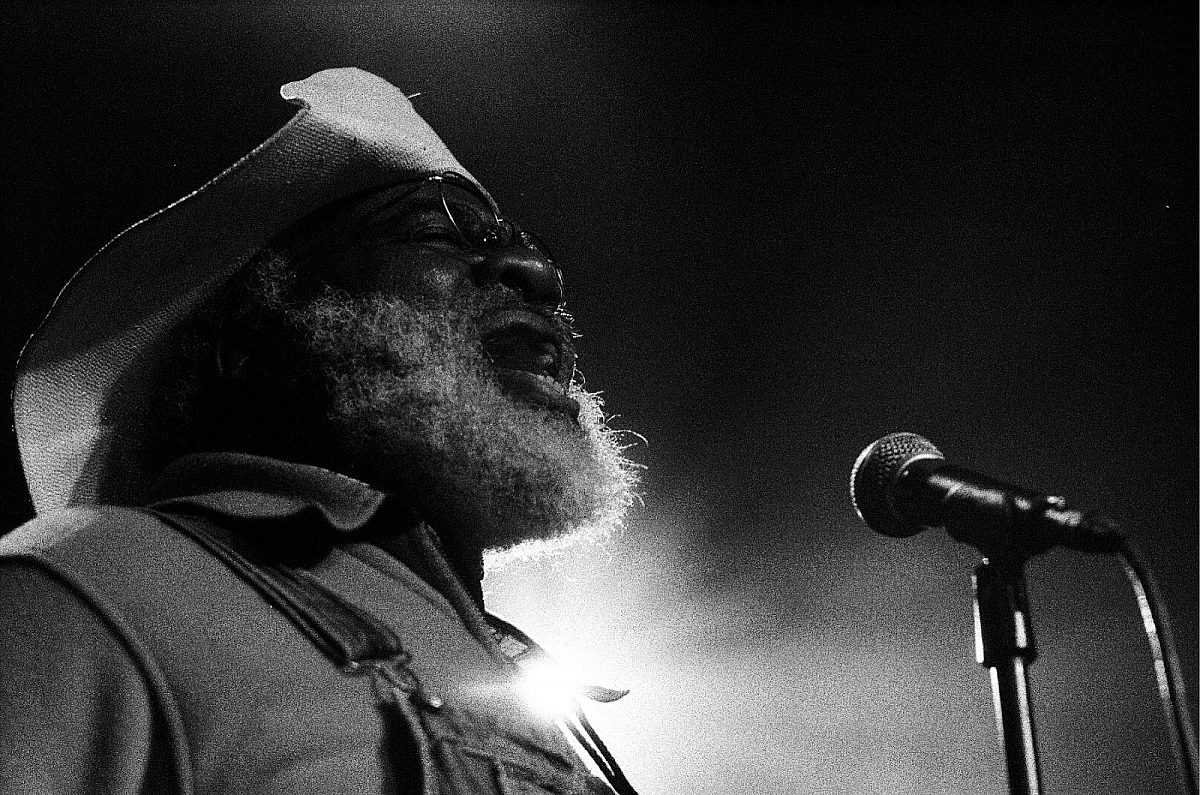Jazz, Soul, Rhythm, and Blues: el legado de la diversidad

La belleza de la diversidad cultural es representada de distintas maneras en nuestras Canciones Alrededor del Mundo, cada vez que grabamos una nueva canción, nuestros músicos aportan su propia representación de la diversidad, la cual se ve reflejada en su estilo musical, sus influencias y antecedentes culturales.
Al escuchar diferentes géneros musicales, no solo abrimos nuestras mentes y ampliamos nuestro conocimiento musical, sino que también descubrimos la historia y las raíces detrás de la composición y el ritmo.
Jazz, Soul, Rhythm and Blues: El legado de la diversidad
Since the beginning, music has been one of the best artistic ways to express our thoughts and feelings. This freedom of expression is what makes music such a diverse medium that creates new genres and subgenres from their classical roots.
One good example of this is the creation of “jazz rap,” born from the hardcore hip hop scene in the late 1980s and early 1990s. Other similar genres have also evolved throughout the years. “Hip hop soul,” a subgenre of contemporary R&B, has been rising in popularity, fusing the remarkable beats of hip-hop with soothing melodic elements of soul, R&B and jazz.
“Colors” by Black Pumas takes listeners on an emotional self-reflective journey that explores the beauty, diversity, and unity in the world.
The Evolution of Blues: Nu Blues
Blues has also been part of this musical evolution. In fact, much of the modern music we know today has been highly influenced by the blues genre for its common AAB lyrical structure—the most common traditional song form for songwriters found in rock ‘n’ roll and blues music.
The “Nu” in blues music, or any other genre, is referred to as “a new take” or a modern version of a particular musical style. This new take can include adding a mixture of new instruments like electric guitars and synthesizers, or infusing elements of other genres like rock, hip-hop, folk and electronic music.
“Queen Bee” is a soulful single from Taj Mahal’s 1997 studio album, Señor Blues, which won a GRAMMY for Best Contemporary Blues Album.
From Work Songs to the Inspiration for Social Movements
Blues music evolved throughout the 19th century in the southern region of the USA, however, the influence of African-American music derived from enslaved Africans transported to the North American Colonies. These songs about plantation and daily life, often referred to as spirituals, were combined with African rhythms, giving birth to the roots of the blues genre.
It wasn’t until the early 20th century, after the emancipation of enslaved people and the end of the Civil War, that different styles of blues emerged like jazz blues, R&B and rock ‘n’ roll. New musicians, like B.B King, Elmore James and Louis Armstrong, were just the beginning of a new musical era.
“Glory” is interpreted by American singer and songwriter, John Legend, in the movie “Selma,” a film about Martin Luther King Jr.’s fight for civil rights.
Today, blues and gospel music have been catalysts in expressing our stand against injustices in the world. The power of music has helped shape our society, empower people and promote change. Here are some examples of the contributions Playing For Change has made for social diversity:
“Playing For Change” is an original song written by our dear friend, GRAMMY award-winning singer/songwriter, Sara Bareilles and features Chris Pierce, the PFC Band and musicians from six countries.
We invite you to enjoy this 2020 Song Around The World rendition of "Get Up Stand Up" featuring Skip and Cedella Marley.

Discover the world through the lens of music – explore our video catalog and check out new videos premiered during our Peace Through Music: A Global Event For The Environment.




